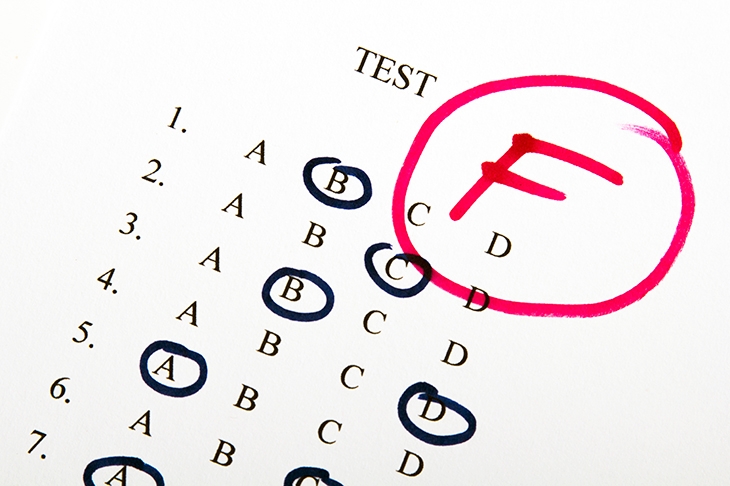I’ve contributed a chapter to an education book published this week by the Institute of Economic Affairs. I was asked by the editors, Pauline Dixon and Steve Humble, to assess the impact of Britain’s education reforms, beginning with the introduction of the National Curriculum in 1988, extending through the creation of league tables in 1992 and culminating with the opening of academies and free schools from 2002.
The first challenge was finding a reliable way to measure the effect of these initiatives. The introduction of the National Curriculum coincided with the replacement of O-levels and CSEs with GCSEs, making it difficult to compare before and after. In addition, the steady, year-on-year improvement in GCSE grades between 1988 and 2012 has to be taken with a large dose of salt, with most of it due to grade inflation. The positive spin New Labour put on its own record in education was belied by a 2009 Sheffield University study which found that 22 per cent of school leavers were functionally innumerate and 17 per cent functionally illiterate.
The OECD’s Programme of International School Assessment (PISA) seemed like a better bet. Not only does it measure the performance of British 15-year-olds in science, reading and maths every three years according to an inflation-proof standard, it compares their performance with that of schoolchildren in about 80 countries. For a variety of reasons, Britain’s performance in the first PISA survey in 2000 has to be discounted and we didn’t participate in 2003, so the starting point is 2006. And this isn’t me cherry-picking the data. On the contrary, if you compare the UK average in 2006 with the average in 2015 it’s a story of national decline in all three subject areas.









Comments
Join the debate for just £1 a month
Be part of the conversation with other Spectator readers by getting your first three months for £3.
UNLOCK ACCESS Just £1 a monthAlready a subscriber? Log in